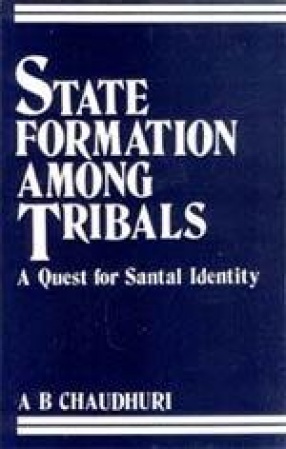The Santals became a focal point of discussion among the scholars after the Santal Rebellion of 1855-56. Even at that time, the urge for setting up a kingdom for themselves was quite discernible. This attitude of the Santal has remained unchanged and there has been a continuum in the endeavour of the tribe in achieving its goal as would be evident from its participation in the Jharkhand movement. This study throws new light on: the Santal efforts of establishing a kingdom for the tribe; The social engineering aspect of the tribe that at once stopped social disintegration, allowing for internal solidarity and preparing the society for both defensive and aggressive roles; the gap in time between the Santal rebellion of 1855-56 and the Jharkhand movement; the rise of a charismatic leader in one of the districts of Bengal (Malda) in the early twenties whose advent was through a religious sect founded by him. The religious movement swivels into a political nature, confronting the British government. The leader pronounces himself a king; how a myth develops around the ruins of a mosque, projecting it to be an erstwhile palace of Ramchandra of yore.
Aquaculture, Limnology and Ichthyology: Manuals for Students, Researchers, Wildlife Managers and Environmentalists
While stock-taking the ...
$79.20
$88.00








There are no reviews yet.